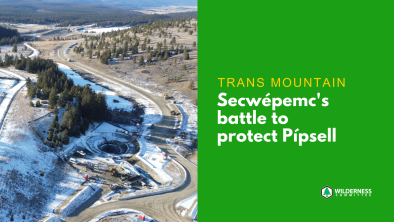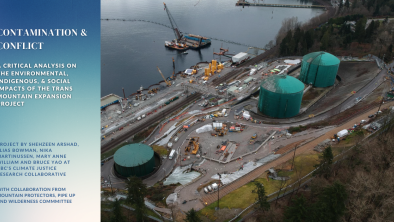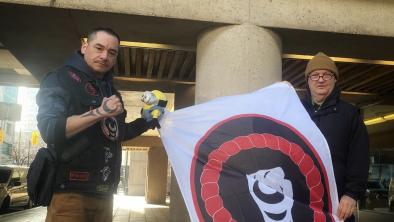Flurry of B.C. court battles threaten to drive away investment
The Globe and Mail
A flurry of court cases has tied up more than $25-billion worth of resource projects this year as First Nations, environmental groups and others battle pipelines, mines, a dam and a coal port – a situation that some observers fear will drive away investment.
“Well, it’s not new, but arguably it’s intensified,” Jock Finlayson, executive vice-president and chief policy officer for the Business Council of B.C., said of the legal roadblocks.
“Even though it’s not a new phenomenon . . . it is getting more complex and costly over time – so it does hurt us,” he said.
First Nations that say they were not adequately consulted on developments, and non-governmental organizations challenging federal or provincial environmental permits, make up the bulk of the 38 cases, a review of court records by The Globe and Mail has shown. But municipal governments are also bringing cases, and resource companies are using the courts too, to get injunctions against protesters.
Mr. Finlayson said he is not critical of groups that take action to protect their legal rights, but too many projects could be entangled in court for too long.
“People outside the province, whether they are investors, institutional money managers or actual corporations . . . might look at B.C. and say it’s too difficult to do business there,” he said. “We’re not there yet, because as I look at the amount of investment under way, clearly we’re continuing to attract our share, but I do think there’s some risk around it.”
Ravina Bains, associate director of aboriginal policy at the Fraser Institute, said a recent survey of mining companies shows executives in that industry are already wary of B.C.
“The No. 1 reason why investors are reluctant to invest in B.C. is because of the First Nations land-uncertainty question,” she said. “It’s clearly having an impact because this is an issue that’s top of mind for potential mining developers.”
Ms. Bains said a Supreme Court of Canada decision this summer that confirmed the Tsilhqot’in First Nation have title over a sprawling territory in central B.C. has spurred more court action from others.
“I think that judgment was a real game-changer. It was historic . . . it provided an example for different First Nation communities to use the court system versus actually negotiating with different levels of government,” she said.
Gwen Barlee, policy director of the environmental group, the Wilderness Committee, said one of the reasons for all the legal action is that the government is not doing enough to protect the environment.
“I think people are losing faith in the system and they don’t think there’s appropriate checks and balances with provincial environmental laws or federal environmental laws,” she said. “So when those [resource project] decisions come down, people are saying, ‘We don’t think that those were measured and appropriate decisions and we’re going to go to court because of that.’”
Chris Tollefson, executive director of the Environmental Law Centre at the University of Victoria, said one way to restore public confidence and cut down on the litigation would be for the province to get out of the agreement that authorizes the National Energy Board, a federal agency, to approve projects such as the Northern Gateway and Trans Mountain pipeline proposals. Prior to 2010, B.C. held its own environmental hearings, but in seeking to streamline the process, the province handed off authority for environmental reviews to Ottawa on some big energy projects. This limited the province’s option to block projects it objected to.
Mr. Tollefson, who is representing the conservation group BC Nature in two Federal Court of Appeal cases related to the Northern Gateway proposal, said NGOs and First Nations think hard before deciding to go to court because it is so expensive.
“It depends on the number of days it is in court and how much work is involved in bringing the matter forward, but . . . I would say in the average case you are looking at a liability of between $25,000 and $100,000 easily,” he said. If the groups win, they can recover costs – but if they lose they can get stuck not only with their own legal bills, but a significant portion of the costs incurred by companies or governments to defend the suits.
“It’s a very serious commitment,” Mr. Tollefson said of the decision to go to court.
Photo: Protestors have been on Burnaby Mountain for weeks in opposition to the test drilling occurring there for Kinder Morgan's pipeline expansion project, which proposes to go through this conservation area. Kristin Henry.


